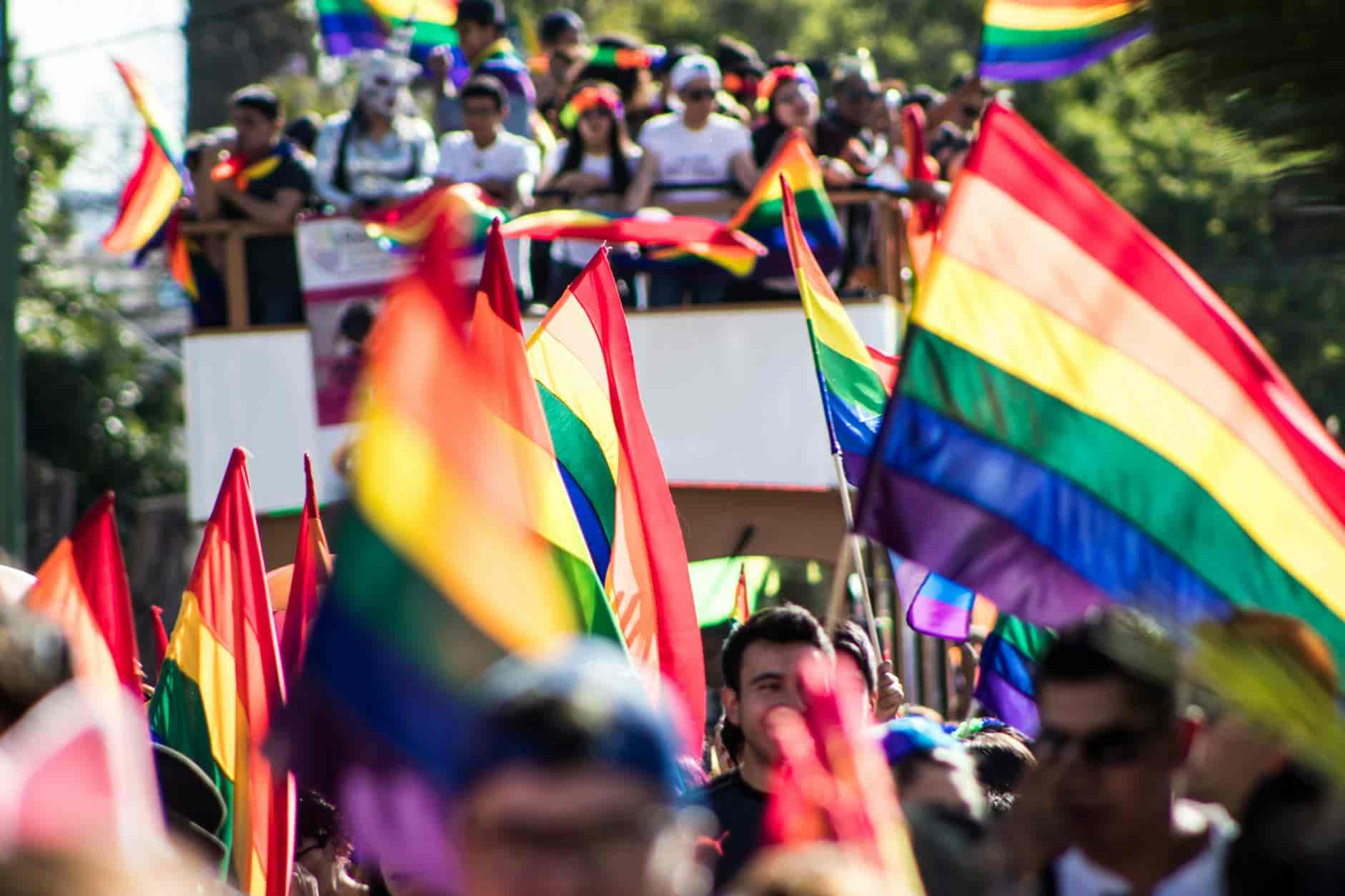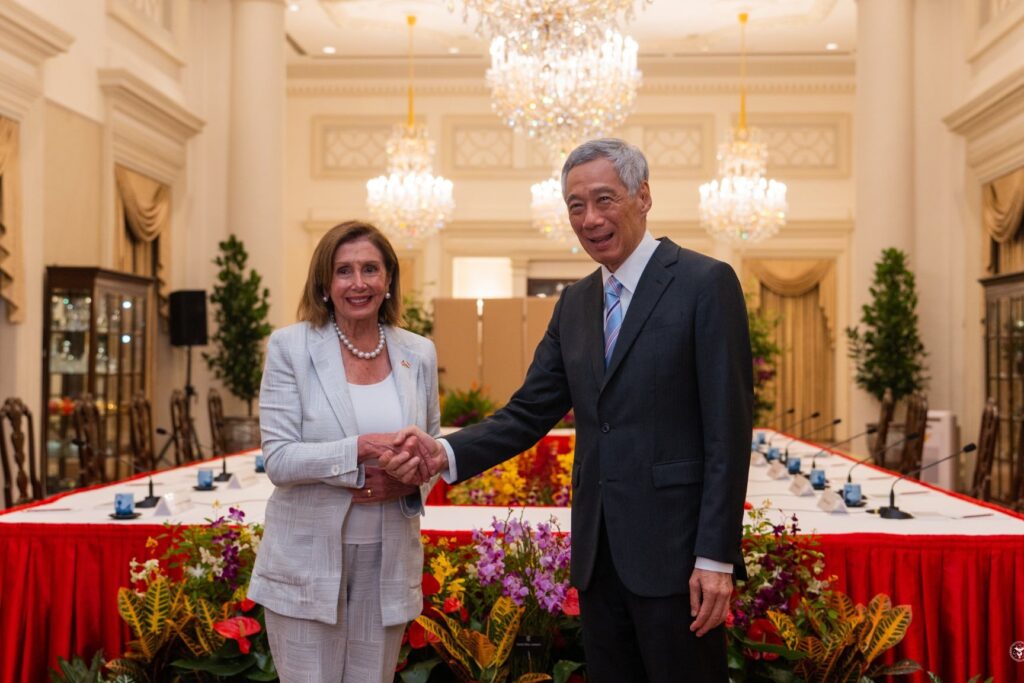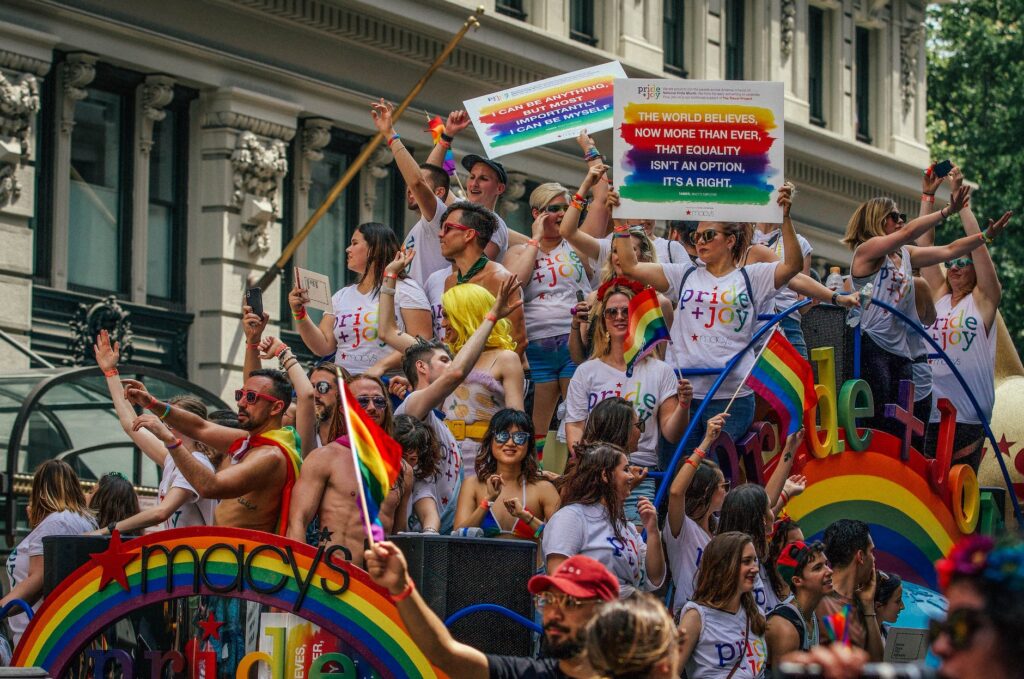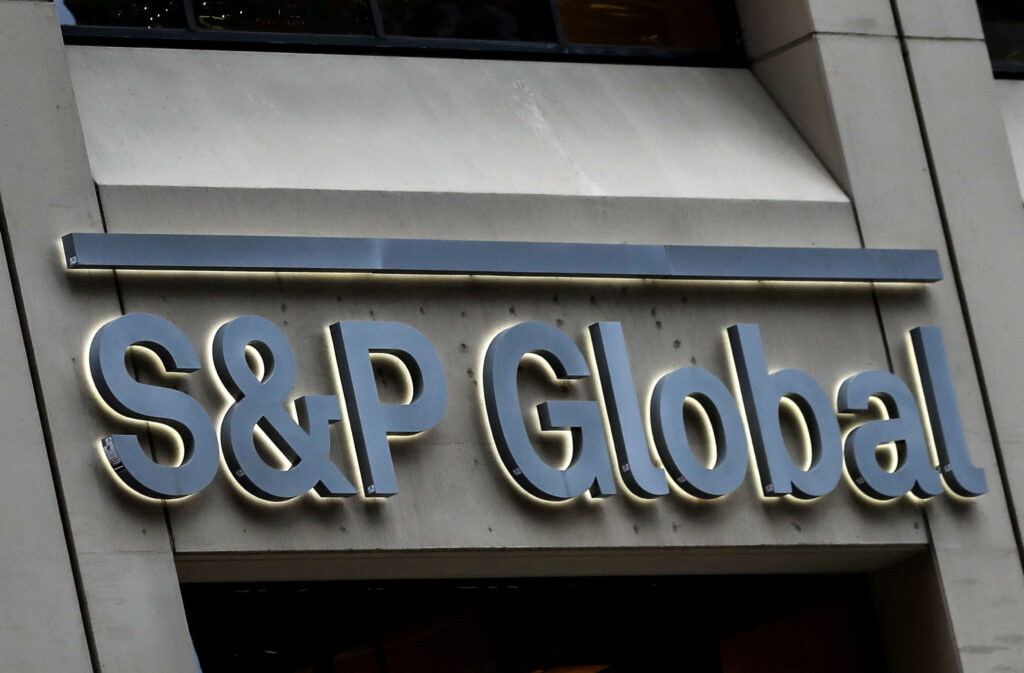DEI arose as the cry for racial justice in America, built on the belief that every human being has the right to equal opportunity and treatment.
Contact us about training for your organisation

History of DEI
1960s – Rumblings in Corporate America
The 1960s saw the rise of immigration into America, along with intensified activism for civil rights and gender equality.

The Equal Pay Act of 1963 amended the Fair Labor Standards Act, aimed at abolishing wage disparity based on sex. The Act prohibits discrimination on account of sex in the payment of wages by employers engaged in commerce or in the production of goods for commerce. It requires that men and women be given equal pay for equal work in the same establishment.

Civil Rights Act of 1964 and subsequent amendments, prohibited employment discrimination based on race, color, religion, sex, or national origin. Affirmative action policies were introduced to address historical and systemic disadvantages faced by certain groups, aiming to level the playing field in employment opportunities.
1970s – Shifting Workplace Cultures
The 1970s marked the emergence of concerted efforts to attract a broader talent pool by focusing on diversity in the workplace, driven by ethics and compliance.

Affirmative action became a key component of diversity initiatives. Companies were required to take proactive steps to ensure equal employment opportunities and promote diversity in their workforce. Compliance with affirmative action regulations, often tied to government contracts, became a significant driver for diversity hiring efforts in large corporations.

Generation X was known for valuing work-life balance, in contrast to the workaholic tendencies associated with the preceding generation, the Baby Boomers. Their skeptical attitudes contributed to a questioning of traditional corporate structures and hierarchical norms, fostering a more collaborative and inclusive organisational culture.
1990s – From Compliance to Embrace of Diversity
The 1990s began a shift where companies began to understand the benefits of diversity beyond just compliance, realising that it could positively impact their bottom line.

Businesses acknowledged the importance of reflecting the diversity of their customer base within their workforce. This realisation was particularly relevant in industries where customer demographics were diverse. Having a workforce that mirrored the customer base allowed companies to better understand and meet the needs of a broad range of consumers.

Academics and researchers began to delve into the dynamics of workplace inclusion, aiming to understand the factors influencing employee retention and satisfaction. Studies also examined how individuals’ values, beliefs, and working styles aligned with organisational cultures, recognising that a lack of fit could lead to dissatisfaction and increased turnover.
2000s – Rising Consciousness about Unconscious Bias
In the 2000s, the concept of inclusion gained prominence in the workplace, along with the recognition of the impact of unconscious bias.

There was an increased emphasis on leadership diversity, both in terms of gender and cultural diversity, at all levels of organisations, including management and board positions. Companies implemented unconscious bias training programs to correct employees’ biases in their interactions, hiring processes, and decision-making.

Many companies established or expanded Employee Resource Groups (ERGs) and implemented inclusion programs tailored for identity groups to feel fully included. ERGs aimed to be platforms for employees from different backgrounds to connect, share experiences, and contribute to the organisation’s overall goals.
2010s – From Equality to Equity, From Inclusion to Affirmation
Since 2010, companies began to focus on equity in the workplace, with increasing demands to affirm certain political views.

Advocacy for gender pay equity gained momentum during this period, with increased attention to closing the wage gap between male and female employees. Companies and governments implemented measures to address gender-based pay disparities amid debate about whether measuring equality of outcomes is fair and just.

DEI expanded to include more political causes including LGBTQ activism. Diversity and sensitivity training evolved from teaching employees to overcome bias to pressuring employees to affirm certain political ideologies to overcome “bigotry”.






